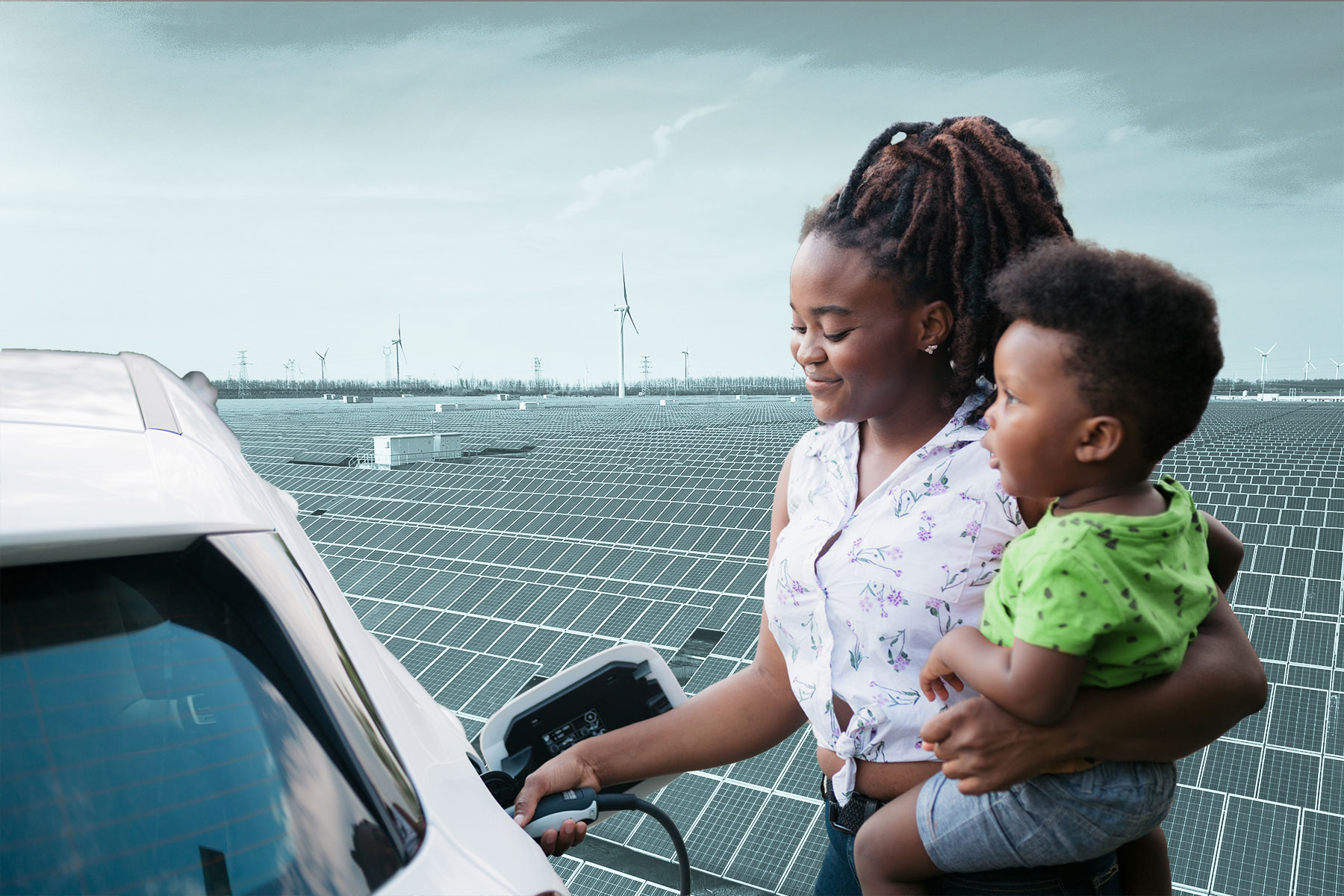The petroleum industry has long used carbon dioxide (CO2) for enhanced oil recovery. However, carbon capture, utilization and storage (CCUS) has gained significant momentum in relevance thanks to climate change urgency and global alignment on environmental, social and governance (ESG). The CCUS discussion today is less about usage and more about permanent storage. Most of the announced CCUS projects are focused on carbon capture and sequestration, but getting CO2 from source to viable saline reservoirs for permanent disposal is a complex and costly venture involving new carbon capture technology and dedicated CO2 gathering and transportation pipelines. Everyone has a stake in the game — E&Ps looking for storage that helps meet their ESG goals, midstream companies looking to move CO2, investors looking for low carbon ventures.
Just five years ago, CCUS was not on the radar of most investors. But fast forward to 2022, we now see many commitments to develop and invest in CCUS technology, including E&Ps, industrial emitters and even companies like Microsoft and Shopify. These are still early days for CCUS, and investors must have a clear view of the risks, trends and catalysts across the space that are critical to framing investment opportunities.
This article is the first of a series on CCUS. Today, we’ll focus on the CCUS back story and current market state. Our next post will focus on future trends and keys to long term success of the emerging CCUS market.
Like CCUS, ESG is another topic that has gained momentum and relevance with the pandemic bringing climate change into the foreground and accelerating the shift toward sustainable investing. Policy changes have come faster and faster with the Biden administration setting an ambitious goal of cutting U.S. net greenhouse gas (GHG) emissions in half by 2030. Similarly, Canada has targeted 2050 to achieve net zero.
Adding firepower to CCUS is the recently announced 45Q tax credit that offers large tax breaks on the purchase of carbon capture and transport equipment in the U.S. Canada’s Investment Tax Credit also provides an ambitious incentive that covers 50% of capture costs and 37.5% for transportation and storage costs.
Yet timeframes for bringing CCUS capacity online are long. A typical project takes around 10 years from concept to commissioning, so a meaningful increase in CCUS capacity won’t be seen until the end of this decade. Looking further ahead to 2030, forecasted capacity creates a classic hockey stick as capacity accelerates upward. And this additional capacity is heavily weighted toward petroleum and natural gas systems.
To put CCUS growth into context, U.S. and Canadian CCUS capacity was less than 2% in 2021 but is conservatively estimated to expand to 12% by 2040. This number is only set to grow further as CCUS project commitments continue to stream in. This means ramping up from 40 million tons of CO2 capture capacity to at least 320 million tons per year.
Will all CCUS projects be successful? Even though the market is still in its infancy, we know what the basic keys to success will be: access to low-cost point sources, supportive policy incentives and proximity to viable carbon sinks, i.e., suitable saline reservoirs for injecting and storing CO2.
Tackling the low-cost point source problem first, Enverus ESG Analytics provides 10,000 stationary sources, colored by sector and sized by CO2 volume based on 2020 EPA data. It’s very easy to see where emission centers are located along the Gulf Coast, Midwest and Alberta, Canada. Emissions hot spots, like Texas, Louisiana and Alabama, stand out and represent 25% of U.S. and Canada emissions. Midwest states account for 22%, while Alberta alone represents 50%. Altogether, this represents 8% of global CO2 volumes at 2.8 billion tons of CO2 per year just from stationary/point sources, a vast market from a CCUS player’s perspective.
Lowering breakeven costs for CCUS is imperative for the market to really gain lasting momentum given the concentration and purity of CO2 in the gas stream a large component of the capture cost. Calculating these capture cost breakevens from Enverus Intelligence Research, we can see that costs vary widely from sector to sector. So, while power generation looks attractive from a volume point of view, the breakeven cost for carbon capture is the greatest at $65 per ton due to the purity of the natural gas stream (translating to lower CO2). Carbon capture technology tends to favor larger industrial emitters where economies of scale can be easily attained. Top emitters are power generation at 60%, followed by petroleum and natural gas systems and industrial users.
Keep an eye on U.S. and Canadian tax credits to know when the CCUS market is likely to surge forward. Given our capture cost breakevens and that 45Q only provides a $50 credit per ton of CO2, the economics don’t look favorable no matter how you slice and dice the numbers. Add to the capture costs a conservative transportation cost of $20 per ton and the economics present a solid barrier to CCUS growth, even for sectors with the lowest capture breakeven like gas processing and ammonia production where CO2 is a byproduct.
What is urgently needed is an upgrade to 45Q. Legislation currently underway in the U.S. Congress may bump the 45Q tax credit up to $85 per ton, which will put all sectors (except coal-fired power plants) well above the capture cost breakeven, even including the most conservative transportation costs.
Beyond policy enhancements, technology advancements will play a critical role in driving down capture costs. But there is only so much technology can do as roughly half of capture costs are driven by operating expenses, chiefly electricity costs due to the power intensive nature of compression and routine maintenance. Driving costs down will require a 43% decrease in capex to lower the breakeven below the $50 benchmark.
Partnerships are also likely to play an important role in shrinking CCUS costs as participants focus on creating centralized transportation and storage hubs. It’s possible to identify where these potential storage clusters are likely to appear by leveraging the earlier breakeven data and applying a spatial clustering algorithm.
From our PRISM platform, we can apply breakeven data to facilities with more than 100,000 tons of CO2 emissions per year and within 30 miles of another site, colored by average capture cost breakeven, revealing six of 15 low-cost breakeven hubs along the Gulf Coast. Rolling up the breakeven hub data, we can create a capture cost curve showing that about 15% of the hub emissions, about 250 million tons per year, fall below $50 breakeven. Again, with current 45Q credits the economics fall apart even for the most cost competitive CCUS opportunities after adding in $20 per ton hauling charges.
When it comes to CO2 storage, nothing is set in stone (quite literally) as pilot projects and operational sites have seen a mixed bag of success and failure. Sequestration requires very specific subsurface conditions, with notable failures in Japan and Algeria resulting from inadequate porosity leading to unexpected fracture pressure and loss of containment (leaky reservoirs). On the other hand, CO2 storage sites in Norway have successfully operated continuously for 25 years.
Critical success drivers for CO2 storage sites include short distances between emissions and injection sites and thick, often sandy reservoir rock with high porosity and permeability at depth of at least 2,700 ft. Few reservoirs meet all these criteria, underscoring the need for rigorous delineation to screen realistic storage sites (a workflow that can be easily performed in Transform).
The bottom line for the current state of CCUS is that the economics of capturing, transporting and storing CO2 make it tough to justify large scale investment. An upgrade to 45Q would move most opportunities into economic territory while still stranding many emissions due to the added costs of CO2 transportation and storage. Low-cost emissions, transport and storage hubs along the Gulf Coast will be vital to capturing economies of scale while finding the right, nearby rock is equally crucial to success (e.g., the upper Frio sands near Houston).
Even though CCUS today warrants a careful look from investors, exciting trends are already transforming the future of the CCUS market, which is the topic of our next blog in this series. Stay tuned!







